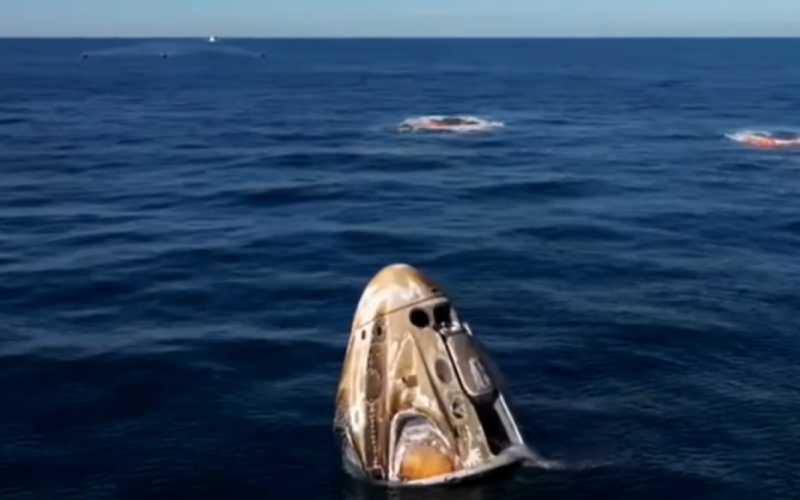Sunita Williams and Butch Wilmore’s recent return to Earth marks a significant milestone in human space exploration. After spending 286 days aboard the International Space Station (ISS), their journey back was fraught with unexpected challenges.
Initially intended as an eight-day mission, their stay was extended due to technical issues with the Boeing Starliner spacecraft, which was supposed to bring them home. Instead, they returned aboard SpaceX’s Crew Dragon capsule, Dragon Freedom, which successfully splashed down in the Gulf of Mexico near Tallahassee, Florida, on March 18, 2025.
The Journey Home
Williams and Wilmore launched to the ISS in June 2024 as part of NASA‘s Crew-9 mission. However, a series of propulsion system failures with the Starliner delayed their return indefinitely. NASA officials made the decision to keep them aboard the ISS rather than risk their safety by attempting a return with an unproven spacecraft. This decision reflects a profound commitment to astronaut safety that has evolved significantly since past tragedies.
Upon their splashdown at approximately 5:57 PM ET, both astronauts were greeted with cheers from recovery teams and a playful pod of dolphins swimming nearby. They emerged from their capsule smiling but were quickly transported for medical evaluations as part of NASA’s standard post-mission protocol.
Learning from Tragedy
The legacy of Kalpana Chawla looms large over NASA’s safety protocols today. Chawla, who tragically lost her life during the Columbia disaster in 2003, serves as a reminder of the inherent risks associated with space travel. Her death prompted significant changes in NASA’s operational procedures and safety standards.
Bill Nelson, NASA’s administrator, emphasized that lessons learned from both the Columbia and Challenger disasters have shaped current practices, ensuring that astronaut safety is paramount.
NASA’s decision to replace the Starliner with the Crew Dragon for Williams and Wilmore’s return was unanimous among officials. This choice underscores a shift towards prioritizing safety over schedule adherence—a lesson hard learned through history.
The Impact of Extended Space Missions
The extended duration of Williams and Wilmore’s mission has provided invaluable data on how long-term exposure to microgravity affects human physiology. Research from this mission will contribute to our understanding of health risks associated with prolonged spaceflight, which is crucial for future missions to Mars and beyond.
Both astronauts are now undergoing a 45-day rehabilitation program designed to help them readjust to Earth’s gravity after their extended time in space. This program is vital for monitoring any long-term effects on their health and ensuring they can fully recover.
Conclusion
The return of Sunita Williams and Butch Wilmore not only celebrates their individual achievements but also highlights the ongoing evolution of space travel safety protocols shaped by past experiences.
As we look forward to future missions, including those planned for Mars exploration, it is essential that we continue learning from our history while pushing the boundaries of human exploration.
For more updates on space exploration and NASA missions, visit NASA’s official website or follow their latest news releases.





